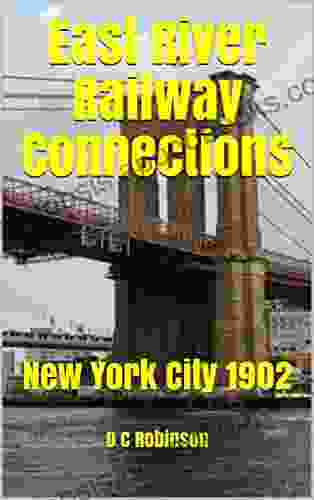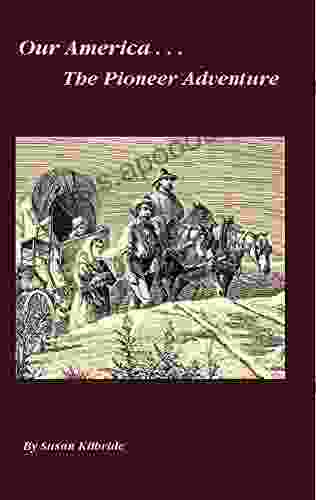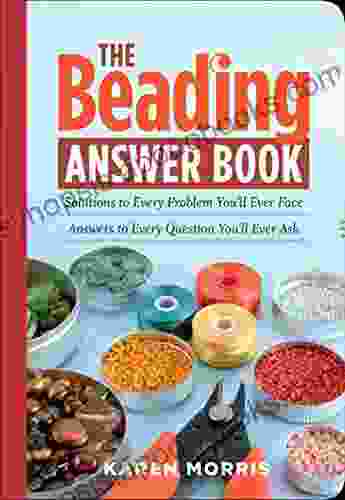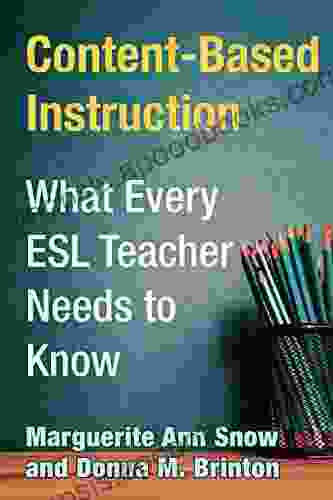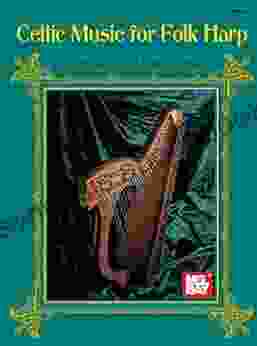East River Railway Connections New York City 1902

: A City Divided and United
Nestled at the crossroads of commerce and culture, New York City has always been a hub of transportation. In the early 20th century, the East River served as a natural divide, separating the bustling boroughs of Manhattan and Brooklyn.
4.6 out of 5
| Language | : | English |
| File size | : | 2576 KB |
| Text-to-Speech | : | Enabled |
| Screen Reader | : | Supported |
| Enhanced typesetting | : | Enabled |
| Print length | : | 45 pages |
Yet, the city's relentless growth demanded seamless connections. This challenge gave birth to an intricate web of railway bridges and tunnels, forging a vital artery that would forever redefine urban mobility.
The Williamsburg Bridge: A Monument to Progress
Spanning the East River with its majestic steel arch, the Williamsburg Bridge emerged as a symbol of urban progress. Completed in 1903, this bridge not only carried railway tracks but also became a lifeline for pedestrians and vehicles.
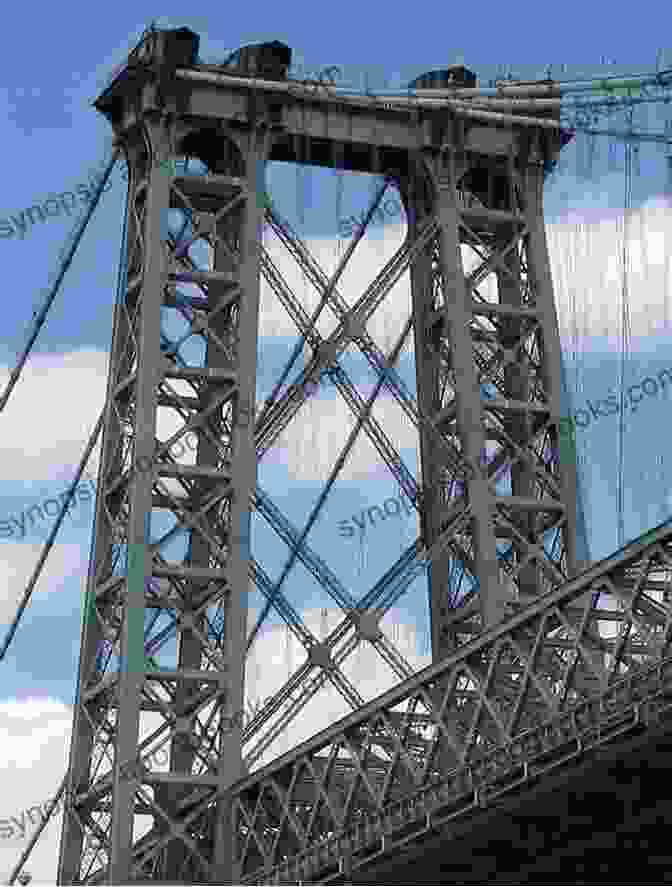
The Manhattan Bridge: A Bridge of Many Firsts
Built concurrently with the Williamsburg Bridge, the Manhattan Bridge holds the distinction of being the first suspension bridge to accommodate both rail and vehicular traffic. Its graceful suspension cables, designed by renowned engineer John A. Roebling, have become iconic symbols of the city's skyline.
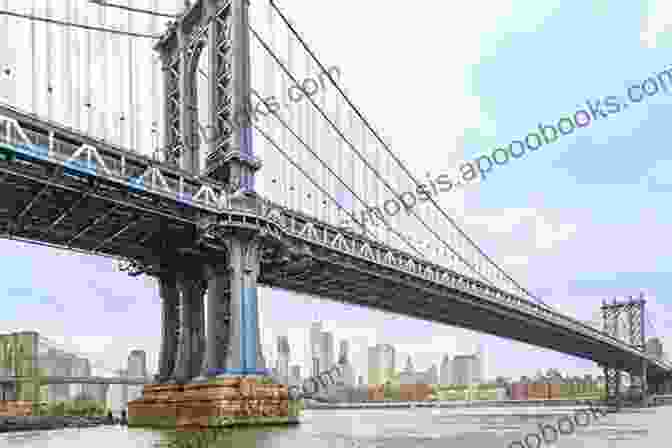
The Brooklyn Bridge: A Gateway to the Future
A true pioneer in bridge engineering, the Brooklyn Bridge was completed in 1883 and remains a beloved landmark of the city. This iconic structure carries both rail and road traffic, serving as a vital connection between Manhattan and Brooklyn's thriving communities.
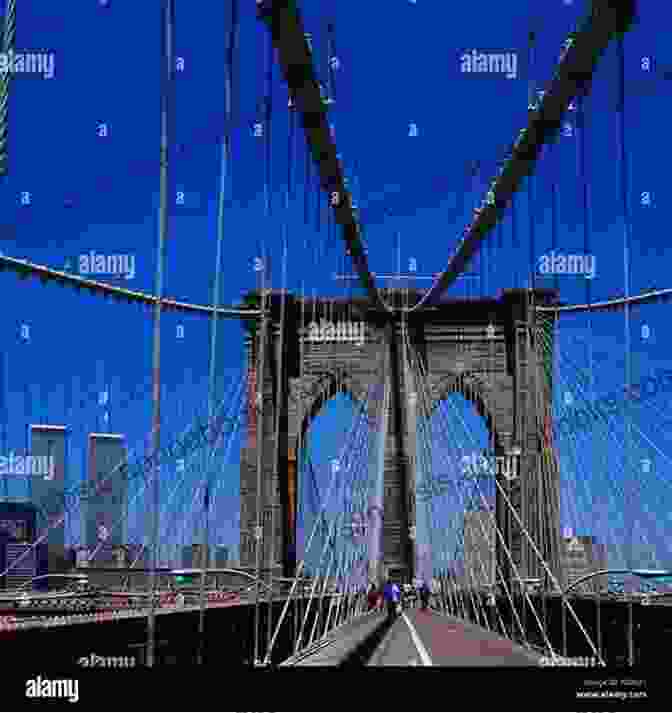
Other Notable Connections: Tunnels and Ferries
Beyond the grand bridges, other means of transportation played crucial roles in connecting the city's boroughs. The East River Tunnels, constructed in the early 20th century, provided vital rail links beneath the river's surface.
Ferries, an integral part of New York City's transportation system, continued to operate alongside the bridges, offering commuters and visitors a scenic and efficient way to cross the East River.
The Impact: A City Transformed
The construction of these railway connections had a profound impact on New York City's development. The ability to move goods and people across the East River facilitated the growth of industry, commerce, and residential areas in both Manhattan and Brooklyn.
The bridges and tunnels also fostered a sense of unity and connectivity among the city's boroughs. They became symbols of progress and innovation, inspiring generations to come.
Legacy and Preservation
Today, the East River railway bridges stand as enduring testaments to the ingenuity and determination of the city's builders. They have been designated as historic landmarks, recognized for their architectural significance and their role in shaping New York City's urban fabric.
Preservation efforts are ongoing to ensure that these bridges continue to grace the city's skyline and serve as vital transportation arteries for generations to come.
: A Tapestry of Connections
The East River railway connections of New York City 1902 are a fascinating chapter in the city's transportation history. They represent a time of rapid urban growth and innovation, when engineers and architects worked tirelessly to overcome geographical challenges and connect the city's diverse communities.
Today, these bridges and tunnels remain essential to the city's transportation system, serving as reminders of the human spirit's ability to forge connections and build a more vibrant and connected world.
4.6 out of 5
| Language | : | English |
| File size | : | 2576 KB |
| Text-to-Speech | : | Enabled |
| Screen Reader | : | Supported |
| Enhanced typesetting | : | Enabled |
| Print length | : | 45 pages |
Do you want to contribute by writing guest posts on this blog?
Please contact us and send us a resume of previous articles that you have written.
 Book
Book Novel
Novel Page
Page Chapter
Chapter Text
Text Story
Story Genre
Genre Reader
Reader Library
Library Paperback
Paperback E-book
E-book Magazine
Magazine Newspaper
Newspaper Paragraph
Paragraph Sentence
Sentence Bookmark
Bookmark Shelf
Shelf Glossary
Glossary Bibliography
Bibliography Foreword
Foreword Preface
Preface Synopsis
Synopsis Annotation
Annotation Footnote
Footnote Manuscript
Manuscript Scroll
Scroll Codex
Codex Tome
Tome Bestseller
Bestseller Classics
Classics Library card
Library card Narrative
Narrative Biography
Biography Autobiography
Autobiography Memoir
Memoir Reference
Reference Encyclopedia
Encyclopedia Cleveland Moffett
Cleveland Moffett Sheryl Luna
Sheryl Luna Dale Mathers
Dale Mathers Jemma Jones
Jemma Jones Dorothea Lasky
Dorothea Lasky Leanne Pearson
Leanne Pearson Dan Chen
Dan Chen Lauren Lott
Lauren Lott Johannes Brahms
Johannes Brahms D Sunshine Hillygus
D Sunshine Hillygus Sherrie West
Sherrie West Marian Keyes
Marian Keyes Darcy Carter
Darcy Carter Confucius
Confucius Jayne Ann Krentz
Jayne Ann Krentz Cleo Wade
Cleo Wade David Jones
David Jones Lucy Coleman
Lucy Coleman Helen Fields
Helen Fields Clif Johnston
Clif Johnston
Light bulbAdvertise smarter! Our strategic ad space ensures maximum exposure. Reserve your spot today!

 Dylan MitchellEmbark on an Adventure into the Whimsical World of Easter Gnomes: A Cross...
Dylan MitchellEmbark on an Adventure into the Whimsical World of Easter Gnomes: A Cross...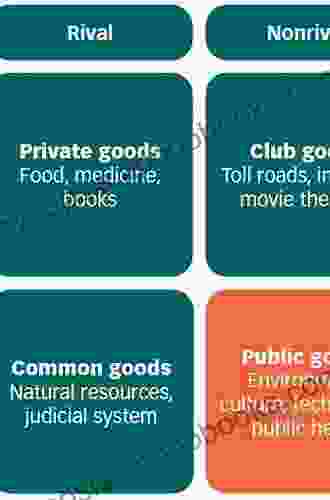
 Robert HeinleinLeague of Democracies: The Essential Blueprint for a Free, Prosperous, and...
Robert HeinleinLeague of Democracies: The Essential Blueprint for a Free, Prosperous, and... Devon MitchellFollow ·16.9k
Devon MitchellFollow ·16.9k Benjamin StoneFollow ·7.5k
Benjamin StoneFollow ·7.5k Bryan GrayFollow ·5.9k
Bryan GrayFollow ·5.9k Maurice ParkerFollow ·11.2k
Maurice ParkerFollow ·11.2k Jeffrey CoxFollow ·16.2k
Jeffrey CoxFollow ·16.2k Thomas PynchonFollow ·15.1k
Thomas PynchonFollow ·15.1k Dean ButlerFollow ·18.3k
Dean ButlerFollow ·18.3k Roland HayesFollow ·13.8k
Roland HayesFollow ·13.8k
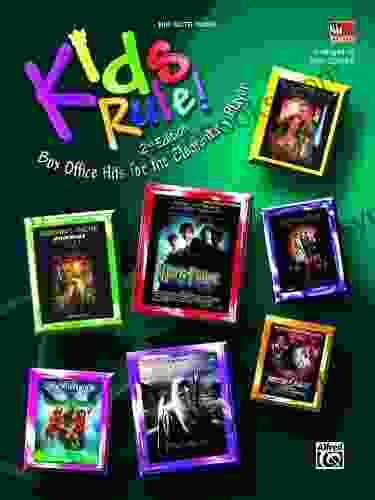
 Cooper Bell
Cooper BellKids Rule Box Office Hits for the Elementary Player
Empowering Young Performers:...
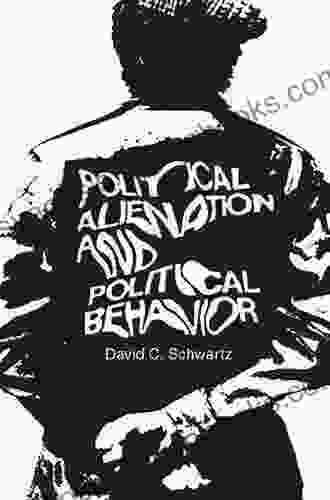
 Gabriel Blair
Gabriel BlairUnraveling the Enigma: Political Alienation and Its...
In the labyrinthine tapestry of human...
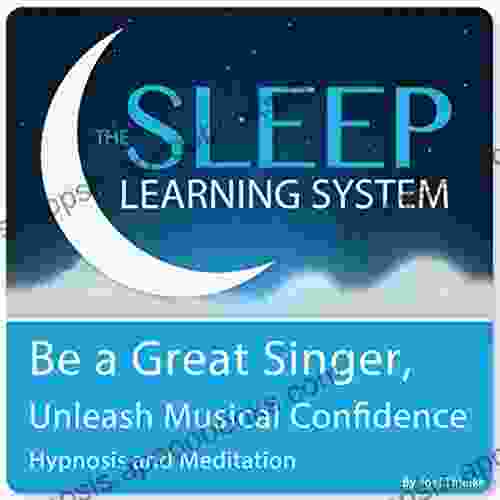
 Anthony Burgess
Anthony BurgessBe a Great Singer: Unleash Your Musical Talent with...
Do you dream of singing with...
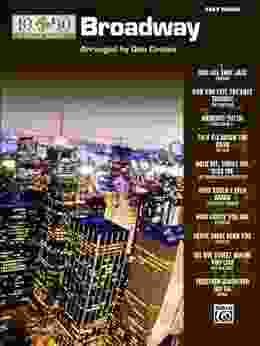
 Heath Powell
Heath PowellDive into a Musical Masterpiece: "10 for 10 Sheet Music...
An Enchanting Journey Through Broadway...
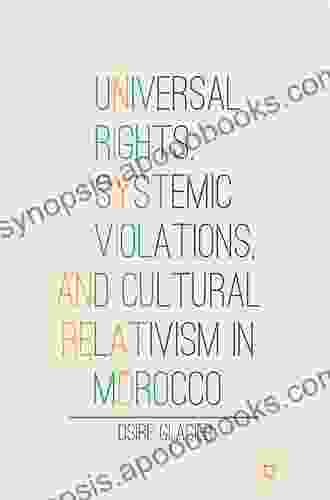
 Guy Powell
Guy PowellUniversal Rights, Systemic Violations, and Cultural...
The notion of universal human rights is a...
4.6 out of 5
| Language | : | English |
| File size | : | 2576 KB |
| Text-to-Speech | : | Enabled |
| Screen Reader | : | Supported |
| Enhanced typesetting | : | Enabled |
| Print length | : | 45 pages |


